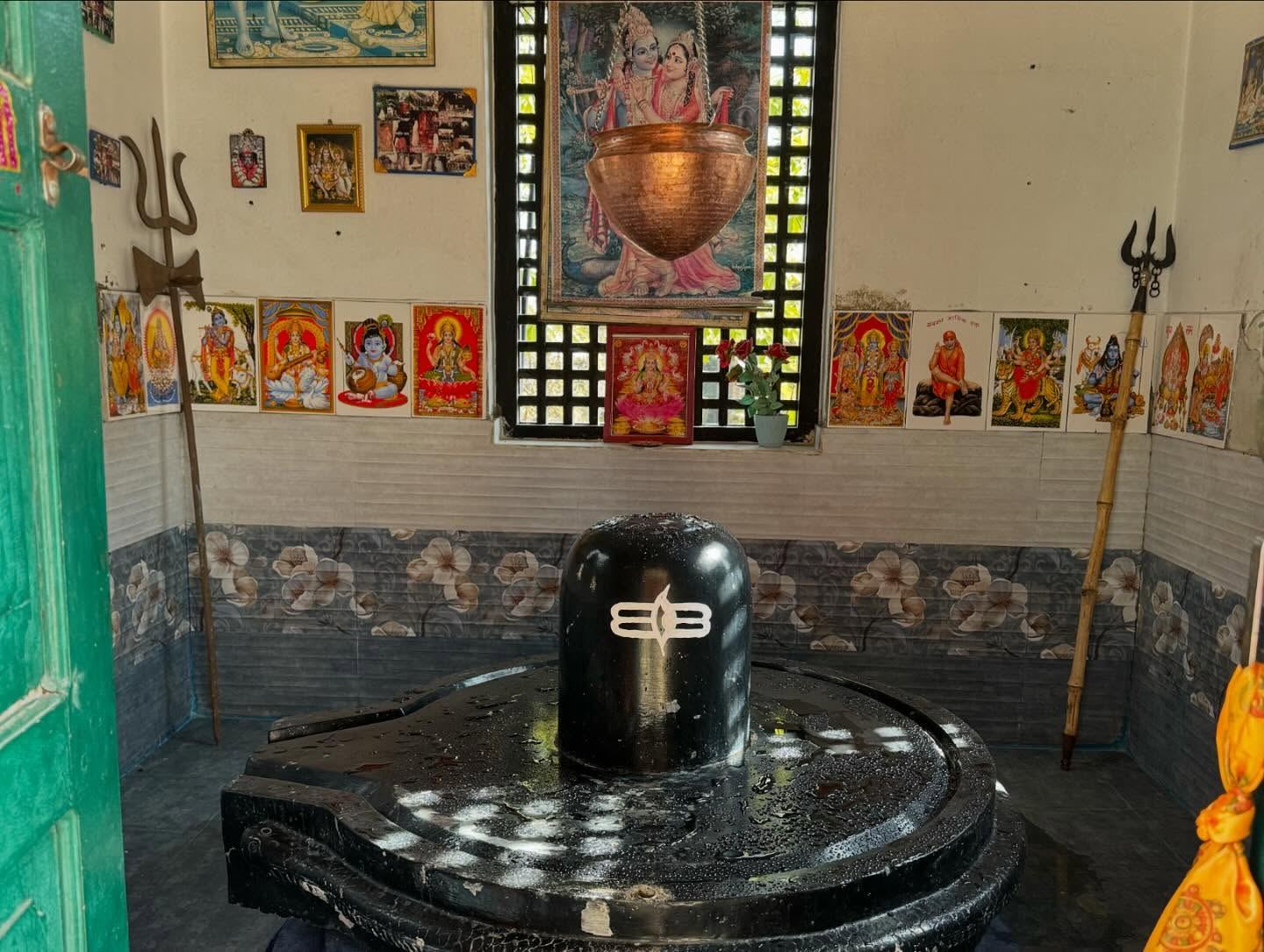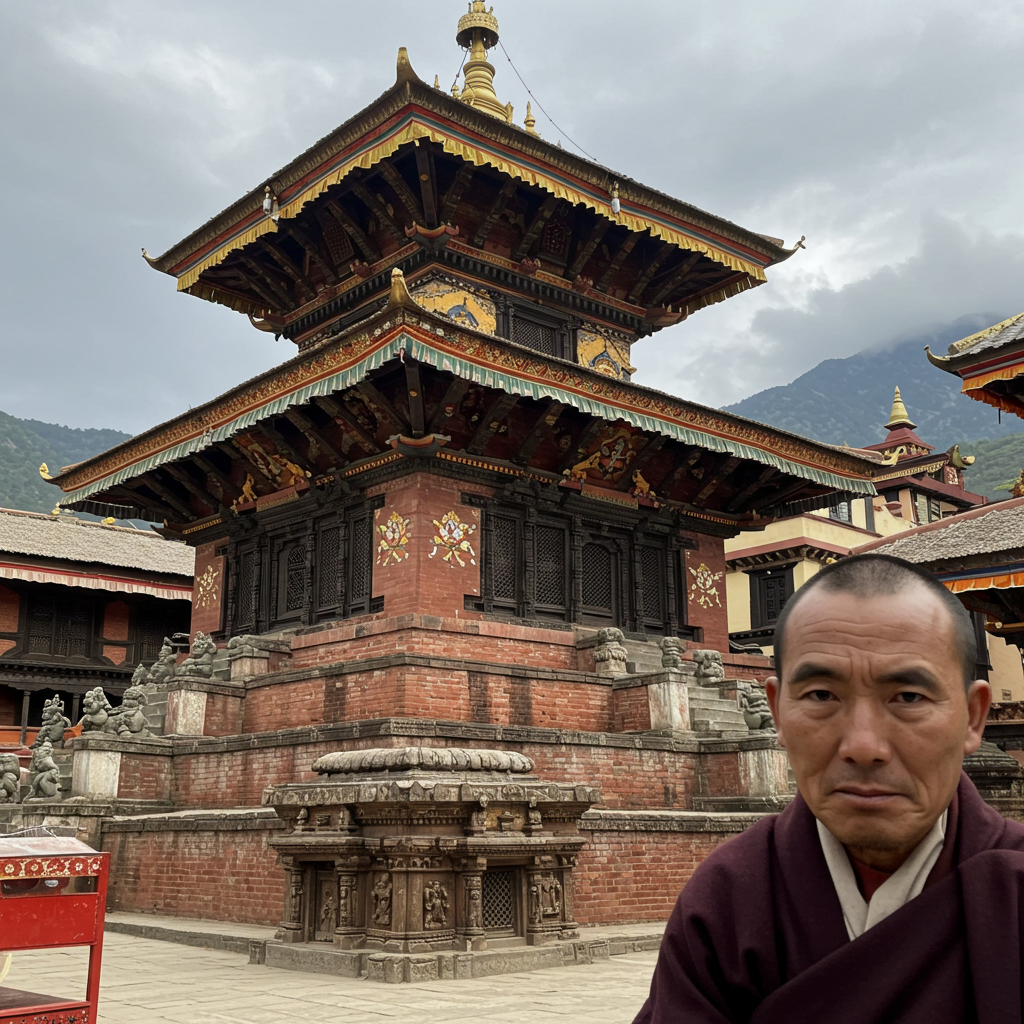There is this Shiva statue (Figure 1) in Chatral Rinpoche's gompa that sometimes scares away many Buddhists who come to the monastery to pay homage to Chatral Rinpoche's relics.
It is quite understandable though what's going on and I personally find it a bit sad. After all, why should a Dharma protector's image or a statue be frowned upon or seen as something to stay away from?
Now I could be mistaken here given the lack of statistics to support my claims but we don't have data for everything, do we? So we are forced to make reasonable estimations based on our experiences. And my experience says that the Tibetan refugee community is insular in many ways.
I have all the sympathy for my fellow Tibetan brothers and sisters because of whose contribution someone like me has the opportunity to understand and practice the Dharma. Specifically, I have sympathy for the poorer sections of the Tibetan diaspora who are the cultural bedrock upon whom the specific Tibetan Vajrayana Dharma was maintained for the last thousand years but yet don't have much privilege to gain much recognition or support from the Dharma centers in their Dharma training in the face of many socio-political obstacles they face.
Nonetheless, at least the elites of the Tibetan world should have cared to be a bit more open to the religious culture of places like Nepal and India that did welcome them in times of great sorrow.
It's been fifty years or so since Tibetans have found a somewhat peaceful place to stay in the corners of Kathmandu specifically. But I was slightly astonished when several Tibetan folks that I knew who had been staying in Nepal for at least 10-15 years thought that Dashain is a new year festival much like Losar.
Another observation that I find humorous is that most Tibetans think Newars, the vibrant residents of the Kathmandu Valley, are Buddhists. This misconception exists quite prevalently even among members of the Tibetan diaspora who may have lived for even more than 25 years. According to the 2011 national population census of Nepal, nearly 88% Newars are Hindus and only 10% are Buddhists.
Perhaps this misconception comes from the fact that cultural knowledge of the Kathmandu Valley among Tibetans is shaped through their Dharmic lores which exclusively focus on pilgrimages or the history of how teachers such as Marpa or Ra-Lotsawa learned the Dharma from Newari residents. Even if one were to give them the benefit of doubt, it actually adds more to my observation about the rather obvious lack of broad-mindedness and openness that exists in the Tibetan diaspora.
In the bigger scheme of things, as a Dharma practitioner, I don't think it is a big deal. After all, Tibetans have been attaining rainbow body for hundreds of years without having an iota of knowledge about other places of the world. I would gladly choose attaining rainbow body over understanding my own culture if I were given a choice...
Nonetheless, I feel that it helps everyone at stake if there were more communication between the Tibetans and others. I am familiar with how things work in Nepal and what the non-Buddhist and Buddhist history of the Kathmandu Valley is to some extent and am interested in bridging that gap in communication between these two sections of the population. I think it can help the diaspora connect with locals more and feel at home. It can help them in socio-economic ways by empowering them with knowledge that they can use to assert themselves as equal citizens of Nepal. And it can help the rest of the population in Nepal by making them more open to receiving the Vajradhara's teachings.
After all, even though the Shiva statue stays in Chatral Rinpoche's gompa as probably a gateway of interaction, it seems to be rarely visited or respected, either by Hindus or Buddhists....


